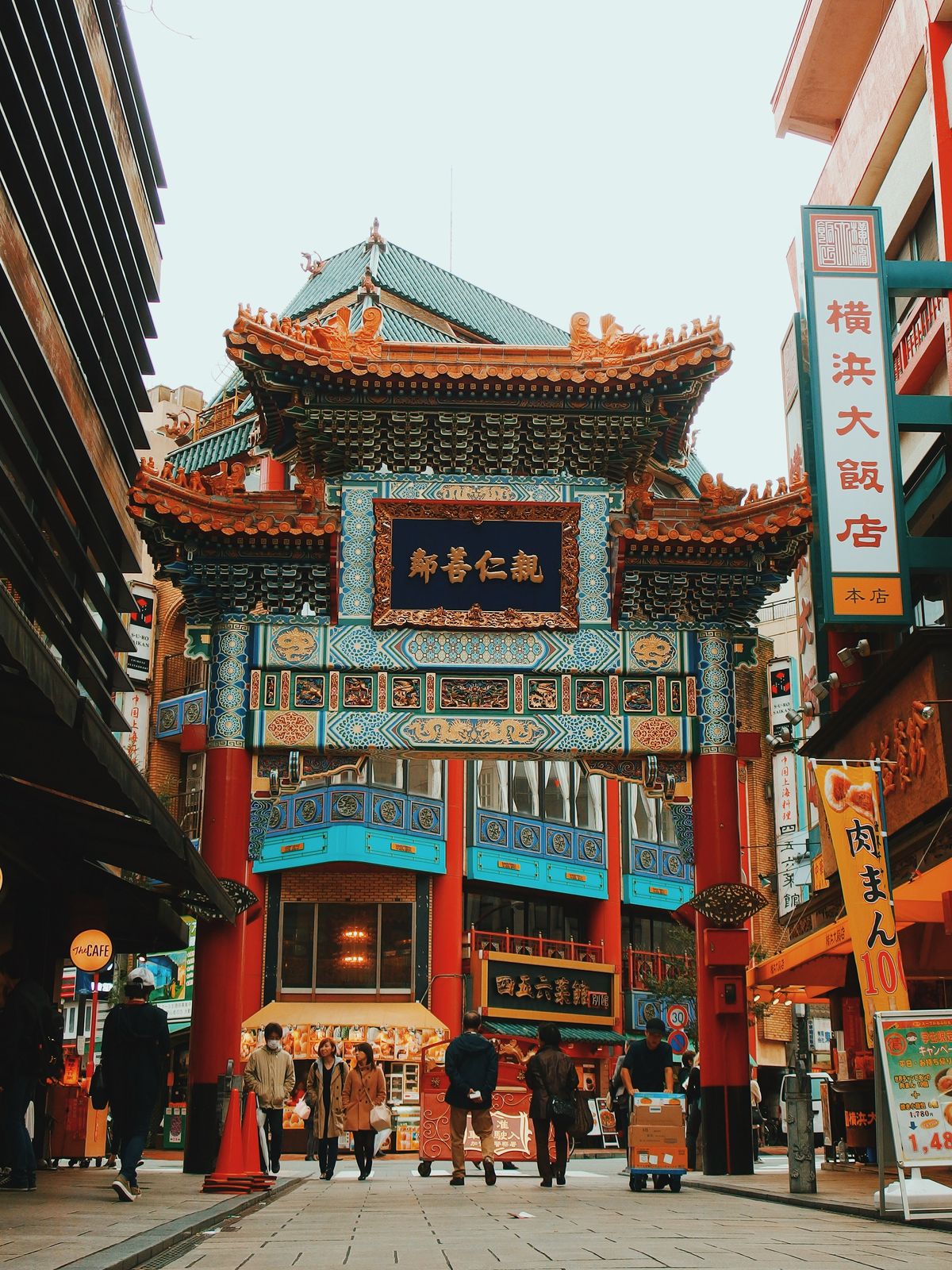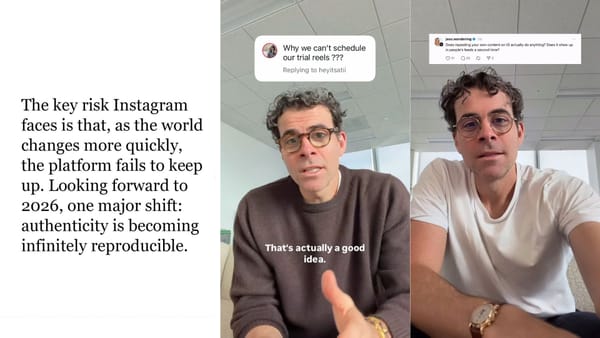Douyin
What kind of platform is it?
A combination of Instagram and Vine, with videos having time limits thus creating snackable content. Douyin focuses exclusively on video content with a suite of creative tools for creators in China.Who uses it?
The majority of users are below 24 years old, well educated and live in Tier 1 or 2 cities.Why should brands care?
Douyin has the biggest reach and influencer participation with the most views and engagements. In July, the platform reached 500 million monthly active users (MAUs), dominating visitor duration times.Have there been influencer-brand campaigns before?
Chanel, Michael Kors, and Pizza Hut have all already experimented with campaigns on Douyin. The brands worked with the platform to create challenges and then promoted them to users via associated hashtags featured on the homepage.How can brands partner with Douyin?
Create campaign hashtags by partnering with Douyin directly while concurrently working with influencers to carry out the challenge in order to extend campaign reach and get users involved.What kind of platform is it?
A hybrid of YouTube, Instagram, and Twitter. Unlike Douyin, Weibo functions as a search engine for millions of users that look for product and service recommendations as well as trending topics. It’s one of the most popular social media sites in China.Who uses it?
Weibo is used primarily by celebrities and bloggers and their followers. As of 2017, 80% of users were younger than 30 years old.Why should brands care?
Weibo is the most influential social media site in China and in 2017 was used by 30% of all internet users. About 100 million messages are posted daily on the site and the site has 431 million MAUs.Have there been influencer-brand campaigns before?
In 2013, Weibo began a partnership with Alibaba. Durex used Weibo to launch into the Chinese market and created a fictional character, Little Dudu, to interact with followers. In November 2017, Durex used the Weibo account to publish thank you posts, which went viral in China.How can brands partner with Weibo?
A campaign approach is best, partnering with a range of influencers simultaneously, using various formats like video and images etc. Because the influencers are so specific to their topic and theme, selecting the right individuals that match your brand best is crucial to finding the correct audience.Little Red Book
What kind of platform is it?
A combination of Pinterest and a review site. Little Red Book (LRB) is a platform dedicated to e-commerce delivered from brands outside of China, namely Korea, the US, and Japan. It allows users to discover and shop new products, read and share reviews. Fashion and cosmetics are the main topics for LRB’s users although lifestyle and travel are also covered.Who uses it?
LRB is used almost exclusively by urban women, and in fact, only 2% of its users are men. The app is targeted at working millennial and Gen Y women and is searchable by topic or influencer, with products often linking directly to the option to purchase them via brand’s own online store or channels at T-mall and Taobao.Why should brands care?
China already has the largest market for luxury consumption in the world. In 2016, luxury goods represented well over 36 million turnovers. LRB has a huge influence over wealthy young Chinese women who are looking to spend their disposable income on themselves. LRB is the default review website of all female-focused products to many people in China. It becomes a habit for them to type in product’s name and compare different user reviews before they purchase items online or instore. To have a great presence on LRB is key for brands to build awareness and maintain positive image amount consumers.Have there been influencer-brand campaigns before?
Kim Kardashian joined LRB in October 2018, promoting her brand KKW.How can brands partner with Little Red Book?
Products posted on the LRB app link directly to the e-commerce websites themselves, making it ideal for direct response campaigns using influencers to represent and review brands.Douyu
What kind of platform is it?
Best compared to Twitch, Douyu is the leading esports streaming platform in China and has over 100 million registered users. The platform allows users to share and interact with commentary and live videos. Content ranges from sport to entertainment show to gaming tournaments.Who uses it
? Douyu is used widely across all of China, although most users are under 35.Why should brands care?
As the most popular streaming platform in the country, Douyu has massive reach. This is supported by the variety of shows and games streamed on the platform, and means that many different audiences use the platform. The Douyu allows users to follow specific influencers or gamers and, like Twitch, enables users to contribute money to influencers.Have there been influencer-brand campaigns before?
Paris St Germain’s esports team currently have a one-year partnership with Douyu. The partnership was formed while the sports team was in Asia during its summer tour after it became clear how popular they were in the region.How can brands partner with Douyu?
Brands and influencers can post live streams to the site and interact with people watching by posting live comments and conversations. Many gaming brands already use this platform to host tournaments, rep their games, and partner with influencers to play them. QR codes with a direct game purchase link or app download link can be presented on the screen while gamers stream their gameplay, making it easier for brands to track sales and ROI. Streaming is also a great way for female-focused brands to work with streamers to create a QVC-style shopping experience that directly boosts sales outcomes.







